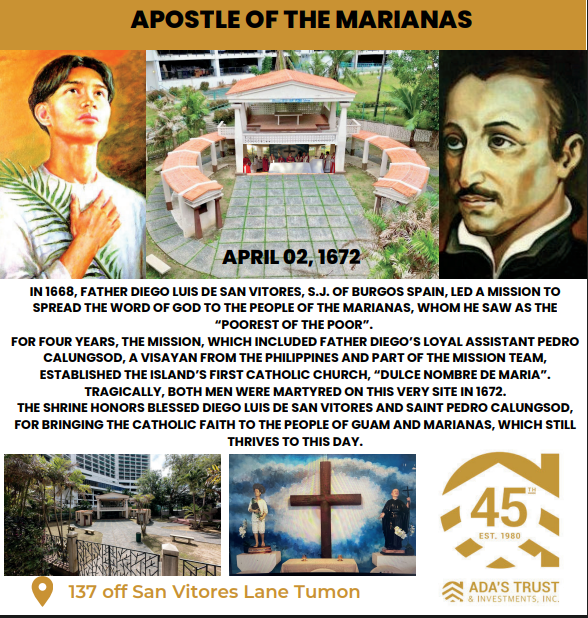‘Sustainable’ and ‘diversification’: Catchphrases that mean everything and nothing
- By Zaldy Dandan
- 4 days ago
- 4 min read


Saipan — The local economy has been down since the imposition of Covid restrictions five years ago, so there is talk once again of “diversification” and creating a more “sustainable” economy—as if these were brand-new ideas that nobody had ever thought of.
Before we discuss “diversification,” let’s take a closer look at the shiny word “sustainable,” which its proponents often utter like a conjuration.
What exactly do they mean by a “sustainable economy”?
Based on their usually lofty and often airy pronouncements, it seems that they want to put an end to the uncertainty, the ups and downs, of the business cycle.
Do you know who else “believes” in a sustainable economy? The “scientific socialists,” i.e., Marxists, whose economic track record is deadlier than the bubonic plague.
In any case, there has never been an economy—anywhere in the world or throughout recorded history—that remains untouched by life’s infuriating uncertainty, unpredictability and randomness. There are, however, economies that are more resilient than others. They share the following traits: a market-based system, adherence to the rule of law (including property rights), and economic freedom. These create a virtuous cycle. They foster innovation, investment and adaptation, making economies better equipped to withstand shocks and thrive in the long run. (See: U.S. economy.)

But how can an island economy like the CNMI’s be more resilient? We’re talking about remote and tiny islands—each smaller than Guam. The CNMI, moreover, has a small population that is declining, which means its tax base, customer base and workforce are also shrinking. It has limited natural resources. Worse, it no longer controls its immigration and minimum wage laws, which means it can tackle local economic issues with its hands tied behind its back. Politicians in Washington, D.C., who have never set foot in the CNMI and know little about it, get to decide who can visit, do business, work and under what conditions in these islands.
The CNMI’s Covenant with the U.S., along with other federal laws and regulations imposed on these islands, speaks grandly of nurturing or boosting the local economy. However, federal agencies tasked with implementing these laws and regulations almost always do so in their own way—no matter how absurd, mindless, or harmful it may be. These faraway, unelected, faceless bureaucrats claim to know what is best for these islands—even if they do not know where the CNMI is or what it is like here.
So much for creating a “resilient economy.”
To be sure, that doesn’t mean politicians will stop saying that they are for a “resilient economy.” Today, in the CNMI, that phrase most often means “federally funded.” Alas, these islands are regressing to what they were during the Trust Territory era: a helpless ward of Uncle Sam.
With one huge difference. The locals of the CNMI are now American citizens who can vote with their feet and move to other parts of the country where the economy is humming and not in a coma. Small mercies.
ADVERTISEMENT

As for “diversifying the economy,” that phrase has been bandied about since the Trust Territory era and discussed in countless federally funded feasibility studies, economic summits and economic reports.
In March 1999, for example, a conference titled “Planning for the CNMI’s Economic Future” was held on Saipan. It brought together government officials and economists to discuss ways to revive the local economy, which got plastered by the Asian currency crisis.
The two-day conference was held at the Hyatt Regency Saipan (which no longer exists), and covered, among other things, the Japanese tourism market (which now barely exists), and the garment industry (which has long been gone). Among the presenters was the president of DFS-Saipan (which is shutting down this month).
The then-governor’s address was titled “The CNMI: A Stronger Economy for the New Millennium.” Twenty-six years later, in this new millennium, the current governor is seeking a federal bailout, which he prefers to call a “repurposing of funds.” The 1999 conference, not surprisingly, discussed the “diversification” of the CNMI economy. Then as now, agriculture, fisheries and aquaculture were touted as promising “new” industries.
Also mentioned were aviation training; hosting U.S. sales, service and warehousing operations; store-and-transfer shipping; telemarketing; financial services; a data repository for internet and other data services; the manufacture of low-volume, high-value products for Asian markets; pharmaceuticals; an electronics research and development center; specialized, high-end education; an international, high-security prison in one of the Northern Islands; and retirement homes for wealthy Asians.
At the same time, Dr. David McClain, one of the invited economic experts, reminded CNMI officials that “there’s no such thing as overnight diversification.” He said successfully doing so would normally take an economy an average of 10 to 20 years to flourish. He’s probably right. The CNMI has been trying—or at least talking about—diversifying its economy for almost half a century. And what does it have to show for it? It can’t even revive its only industry, tourism, yet some of its officials are now talking about “a transition to a more resilient economy”—while going hat in hand to Washington, D.C.
Zaldy Dandan is editor of the CNMI’s oldest — and only remaining — newspaper, Marianas Variety. His fourth book, “If He Isn’t Insane Then He Should Be: Stories & Poems from Saipan,” is available on amazon.com/.

Subscribe to
our digital
monthly edition




Σχόλια